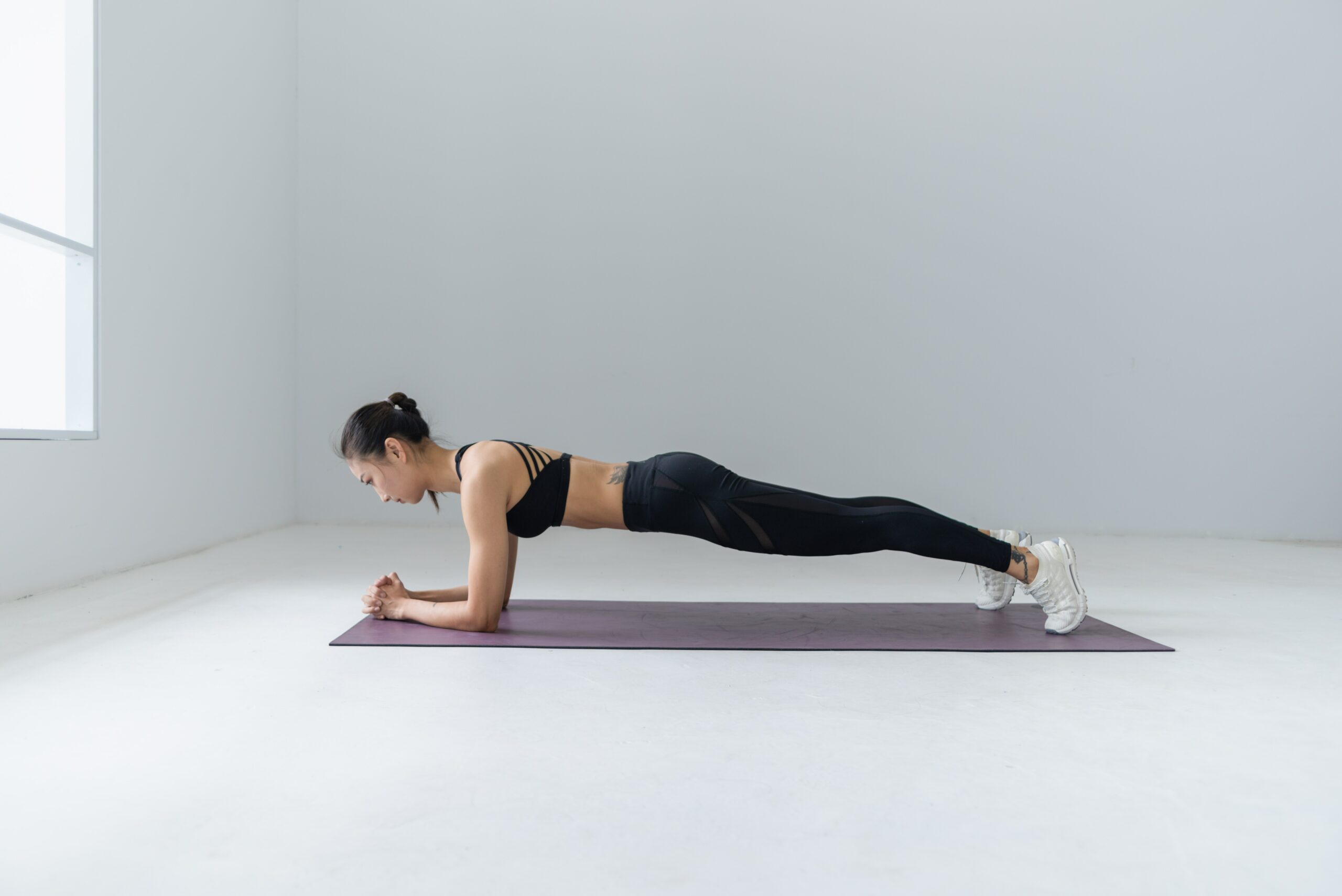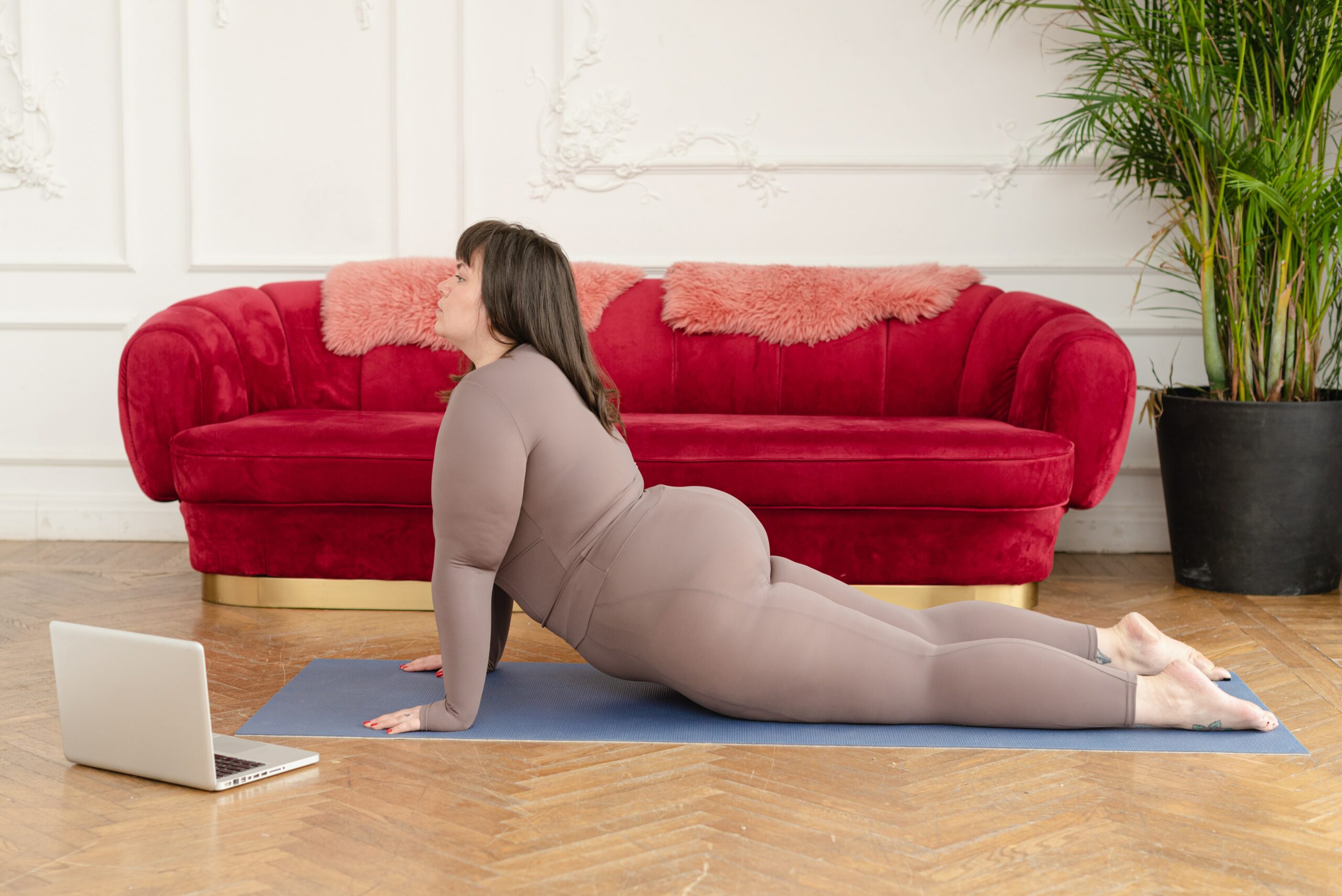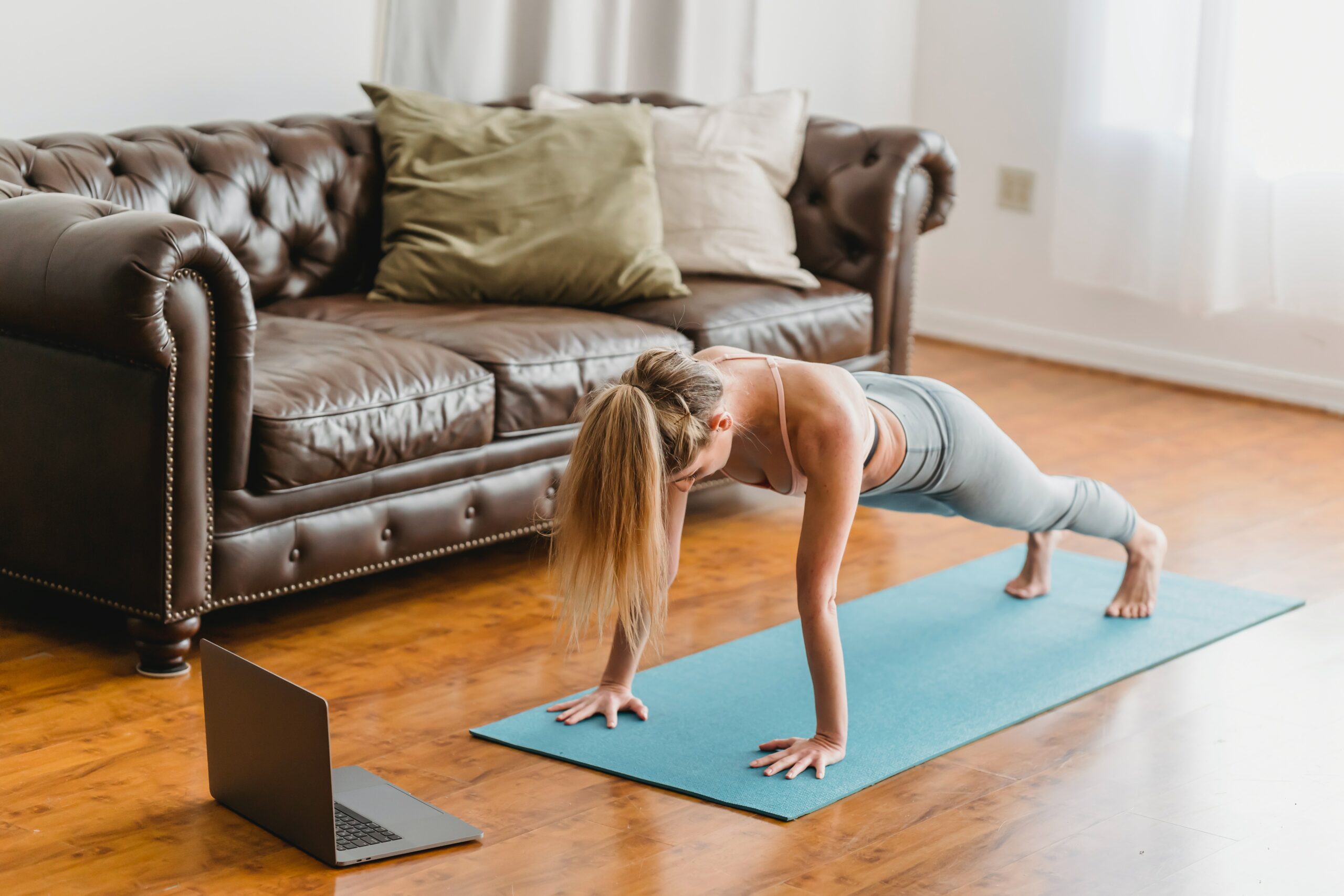What is the plank challenge all about?
Challenge is a 30-day program that will help you strengthen your core and increase your endurance by performing planks every day. During the challenge, you will gradually increase the time you spend holding a plank on each successive day. To hold a plank for two minutes at the end of the program on day twelve.
The goal is to maintain one for up to 5 minutes at a time at the end of the 30 days. More benefits from the plank challenge include the following. Despite this, you can continue to challenge yourself by increasing the amount of time you spend each day. When you perform the same workout repeatedly, your body may reach a plateau and no longer get the same advantages.
What are the advantages of using planks?
Strengthen all of your core muscles, as well as your back:
They were also more helpful than crunches at increasing endurance, maintaining balance, and keeping mobility. One minor study was conducted in 2013. A Trusted Source survey with 20 participants discovered that, To activate and strengthen the abdominal muscles, core exercises that engaged the distal trunk muscle, such as planks, were effective.

Increase the stability of the system:
Having a solid and stable core is essential for everyday movements such as bending over to pick something up from the ground. Swinging a baseball bat, for example, relies on athletes having a stable core. Alternatively, you could hit a golf ball down the green. Planks can not only help you tone your core, but they can also help you gain more stability and enhance your balance.
Can reduce back pain by doing the following:
A study conducted by Trusted Source in 2017 included 120 participants who were suffering from nonspecific chronic low back pain. Planks may also be beneficial if you already suffer from back pain.
It is essential to consult with your doctor before attempting the challenge if you have any existing back pain or an injury. To conduct more extensive research on a larger scale to the relationship between a strong core and low back pain, though.

Increase your endurance by doing the following:
Strengthening and toning your muscles require endurance to increase your physical stamina and strength. The plank challenge, on its own, will not provide you with a six-pack, though. Can boost your overall exercise endurance in a variety of methods. As you increase the amount of time you spend holding the plank each day, your body will get more conditioned.
How can I participate in the plank challenge safely?
If you’re injured or pregnant, you should skip this challenge. It’s critical to check your form before beginning the challenge to ensure that you’re completing the plank correctly. We are beginning a new exercise regimen. In the beginning, if you’re not familiar with planks.
You can start by doing them on your knees. For the most part, planks are considered a safe and effective exercise for developing core strength. Additionally, it can aid with low back pain. At a local gym to observe your form. And double-check that your form is complete and accurate. Can aid in the prevention of injuries.

Some pointers on how to safely perform a plank:
Prioritize quality over quantity when making decisions. Your buttocks should be pointing downward rather than upward. Maintaining core stability throughout the movement will help to keep your back from becoming strained or injured. If you notice that your form is becoming compromised, stop or drop to your knees to finish your time for the day.
Is the plank challenge something you should try?
Your core and you enjoy following a structured program; the plank challenge might be a good fit for you. If you’re injured or pregnant, you should avoid participating in the challenge. Should always seek preventive care before beginning a new exercise program. Keep in mind that planks are only one component of the puzzle when adding additional definition to your core.
Planks engage more muscles than squats:
The act of pressing your spine against the floor can result in lower back pain in the future. Additionally, planks not only strengthen your core but also strengthen your entire body. Planks target the arms, legs, and abs, giving them a well-rounded workout and an efficient method to get in some exercise.

Do planks have something special about them that makes them a more effective movement than crunches?
One of the reasons is that situps and crunches can be highly taxing on the back.
Planks can help you improve your posture by doing the following:
Planks can assist you in improving your posture! This exercise makes maintaining a straight back and shoulders simpler by strengthening your back, chest, shoulders, neck, and abdominals. Planks also assist in the development of isometric strength in the core muscles. Provides you with the ability to maintain your posture when standing or sitting for extended periods.
If you’re suffering from back discomfort as a result of working at a desk all day, there’s some good news:
A neutral position while sitting or standing is another crucial aspect of maintaining excellent posture.
Planks can assist you in increasing your flexibility in the following ways:
Making the plank stance a strength and flexibility exercise is a good idea. To get into the hold position, you must first stretch your hamstrings and the arch of your feet. They may not feel like it is an excellent technique to stretch out the lower part of your body. If you’re looking to stretch your sides, side planks with an extended arm can help the specific area of your body to try.

Planks are simple to work with and modify:
Increasing the amount of time you spend in the pose is another approach to get the most out of the exercise. Start with a 15- to 30-second hold and gradually increase the duration of your storage. One alteration you may make to the plank position is to lower your forearms to your sides.
Even though the standard plank challenge is a terrific go-to workout, planks can also be changed and meet the specific needs of your body. A time limit of two minutes is the absolute maximum. Researchers have discovered that repeated 10-second holds may be the most effective training for athletes aiming to improve their sports performance.



